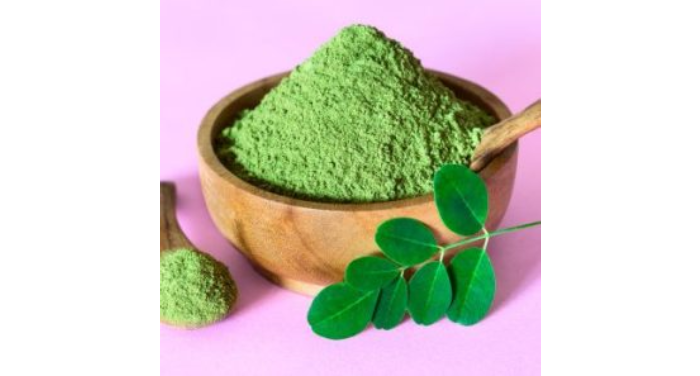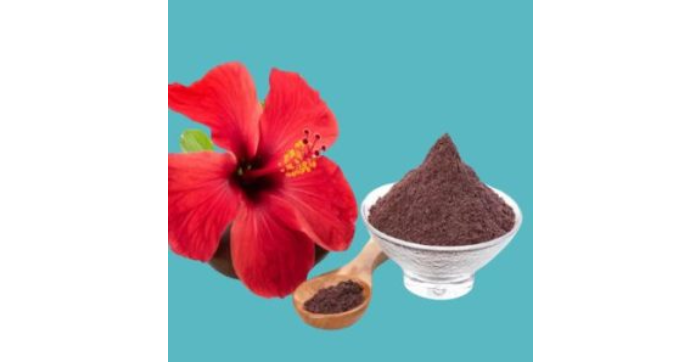As global demand for natural and plant-based remedies continues to rise, India has emerged as a major player in the export of herbal products. Among these, herbal powders — derived from plants such as ashwagandha, neem, tulsi, and moringa — are increasingly popular in the nutraceutical, cosmetic, and food industries. However, ensuring the safety, consistency, and compliance of these products with international standards is crucial. This is where testing protocols come into play.
This article delves into the vital testing procedures involved in the herbal powder export from India, covering regulatory standards, laboratory requirements, quality parameters, and certifications required for successful and compliant exports.
Regulatory Framework for Herbal Powder Export from India
Herbal powder export from India is governed by multiple agencies and regulations, including:
- The Food Safety and Standards Authority of India (FSSAI): Regulates the safety of food-grade herbal powders.
- The Ministry of AYUSH: Oversees traditional medicine formulations such as Ayurveda, Unani, and Siddha products.
- Export Inspection Council (EIC): Ensures pre-shipment inspection and certification.
- Directorate General of Foreign Trade (DGFT): Regulates export licensing and documentation.
- Pharmacopoeial Standards: Many herbal powders must meet standards prescribed by the Indian Pharmacopoeia (IP), British Pharmacopoeia (BP), or the United States Pharmacopeia (USP).
Understanding the exact classification of the product—whether it’s a food supplement, cosmetic, or medicinal ingredient—determines which specific tests and certifications are required.

Key Testing Protocols for Herbal Powder Export
Here are the major categories of tests conducted before herbal powder export from India:
1. Identity and Botanical Verification
This is the first and most critical step. It ensures that the powder is made from the correct plant species and plant part (e.g., root, leaf, seed). Methods used include:
- Macroscopic and Microscopic Evaluation
- Thin Layer Chromatography (TLC)
- High-Performance Liquid Chromatography (HPLC)
These tests confirm the authenticity and consistency of the botanical ingredients.
2. Physico-Chemical Analysis
This includes tests for:
- Moisture content
- pH value
- Ash content (total, acid-insoluble, water-soluble)
- Extractive values
These parameters help determine the stability, quality, and shelf life of the herbal powder.
3. Microbial Contamination
Exporting countries often impose strict limits on microbial load. Common microbial tests include:
- Total Plate Count (TPC)
- Yeast and Mold Count
- E. coli, Salmonella, and Staphylococcus aureus detection
These tests are conducted according to WHO or pharmacopeial guidelines.
4. Heavy Metal Analysis
Herbal powders may naturally absorb heavy metals from soil. However, exceeding permissible limits can pose serious health risks. The four key heavy metals tested are:
- Arsenic (As)
- Lead (Pb)
- Mercury (Hg)
- Cadmium (Cd)
Analysis is usually done through ICP-MS (Inductively Coupled Plasma Mass Spectrometry) or AAS (Atomic Absorption Spectroscopy).
5. Pesticide Residue Analysis
Organic or conventional herbal powders must be tested for pesticide residues, especially when targeting markets like the EU and USA. More than 100 pesticide residues are typically screened using GC-MS/MS (Gas Chromatography – Tandem Mass Spectrometry).
6. Aflatoxin Testing
Aflatoxins are toxic compounds produced by certain molds. Countries like the USA and those in the EU require stringent aflatoxin limits for herbal products. ELISA or HPLC methods are used for detection.
7. Residual Solvent Testing
In cases where solvent extraction is used, it’s important to test for residual solvents like ethanol, methanol, and hexane using GC (Gas Chromatography).
International Certifications and Standards
To facilitate herbal powder export from India, exporters often need third-party certifications:
- ISO 22000 / HACCP: For food safety management
- GMP (Good Manufacturing Practices): Especially for nutraceutical and Ayurvedic products
- USDA Organic / India Organic / EU Organic: For organic certification
- Kosher / Halal: Based on target markets
- Certificate of Analysis (CoA): Mandatory with each batch
- Phytosanitary Certificate: Issued by India’s Plant Quarantine Authority for plant-derived products
These certifications assure buyers of the product’s compliance and safety.
Role of Accredited Laboratories
Testing must be conducted at NABL-accredited (National Accreditation Board for Testing and Calibration Laboratories) or internationally recognized laboratories to ensure credibility. Exporters can either use in-house labs (if certified) or outsource to third-party testing agencies.
Additionally, some importing countries may require testing to be done only in labs accredited by their national bodies (e.g., FDA-approved labs in the USA or EMA-approved labs in Europe).
Best Practices for Exporters
For successful herbal powder export from India, exporters should follow these best practices:
- Maintain clear batch records and traceability of raw materials.
- Implement robust quality control measures at all stages — from sourcing to packaging.
- Partner with reliable third-party labs that offer comprehensive testing services.
- Stay updated with evolving international regulations (e.g., changes in pesticide residue thresholds).
- Package and label products according to importing country requirements.
Challenges in Herbal Powder Export
Despite India’s advantage as a hub for herbal products, several challenges persist:
- Variation in global standards makes compliance complex.
- Lack of awareness among small-scale producers about testing protocols.
- Inconsistent raw material quality due to varying climatic and agricultural practices.
- Regulatory delays or bottlenecks in certifications.
By investing in proper testing, training, and certification, Indian exporters can not only ensure compliance but also elevate the global reputation of Indian herbal powders.
Conclusion
The herbal powder export from India holds immense potential, but tapping into global markets demands more than just quality products — it requires rigorous testing and compliance. By understanding and implementing the required testing protocols, exporters can ensure their products meet international safety and efficacy standards, reducing the risk of rejection and increasing long-term profitability.
With proper quality control, collaboration with accredited laboratories, and adherence to regulatory standards, Indian herbal powder exporters can unlock new global opportunities while upholding the country’s rich legacy in herbal wellness.

Mary Burns is a dedicated writer focusing on health and fitness topics. With a passion for promoting wellness and vitality, Mary shares her knowledge and expertise through engaging and informative blog posts.




